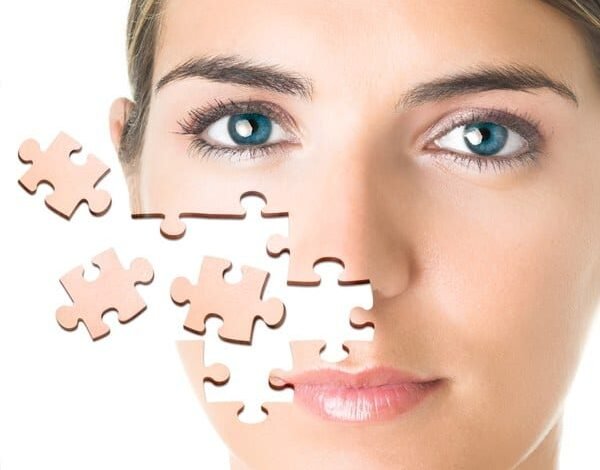5 signs your skin is signaling a health problem

Your body’s largest organ is your skin. It can be a major indicator of health problems and give guidance to doctors to detect the disease. It is advisable to monitor your skin for various changes, as they may be an indication of a serious illness.
The appearance of spots on the skin, as well as the increase of moles or a change in their shape, are good reasons to visit a dermatologist. Usually, the manifestation of changes on the outside indicates the presence of a problem in the body. Here are the cases in which it is mandatory to visit a specialist:
Skin rashes
Rashes in themselves are not a disease, but a symptom. They signal that something is wrong in the body. They are usually accompanied by other symptoms, such as fever, joint or muscle pain. The reason for the skin rash can be an allergy or a reaction to a given medication.
For example, soft, velvety skin around the neck and arms that is slightly darker than the underlying complexion may indicate an increased risk of developing type 2 diabetes. Blood sugar tests would be helpful in such a case, as well as a slight change in diet at the discretion of the physician.
If you have changes in skin color or a rash, don’t jump to conclusions. They can be a sign of cancer, liver or stomach problems, but they can also be a skin reaction to a specific irritant. If necessary, seek specialized help, as an adequately established diagnosis will help you recover faster.
Bronzing of the skin or discoloration
Bronzing can always be a result of the beach. This skin color can be due to a number of reasons which include malnutrition, diabetes, chronic kidney failure and others. Jaundice signals liver disease, especially when combined with yellowing of the sclera of the eyes.
Darkening of the skin, usually on the bends of the knees and elbows, can be a sign of a hormonal disease, such as the so-called “Addison’s disease”.
Skin growths
Newly appearing growths should be treated with care, as they may be a sign of a tumor. Yellowish marks on the hands or feet indicate a high level of triglycerides, which indicates uncontrolled diabetes.
The different manifestations of acne can also indicate a disease state. If the pimples are concentrated in the lower part of the face, around the jaw, this can be a sign of polycystic ovary syndrome. Of course, acne alone does not mean you are sick. Fluctuating weight, increased facial hair, thinning hair, and worsening of the overall skin condition are also seen with this ovarian problem.
Changing nails
The change in the color and shape of the nails often indicates a lack of vitamins and minerals. In addition, there are also serious diseases that affect the appearance of the nails. For example, yellowing in kidney and liver disorders.
Skin Persistence
Skin thinning and loss of luster may be the result of blood pressure or kidney problems. Dryness and itching point to hormonal disorders, that is, confusion in the work of the thyroid gland.
In people who have autoimmune diseases, sweating and roughening of the skin is noticed. Excessively soft, silk-like skin can also indicate a health problem that can progress over time. Carefully monitor skin changes and consult a specialist if necessary.



